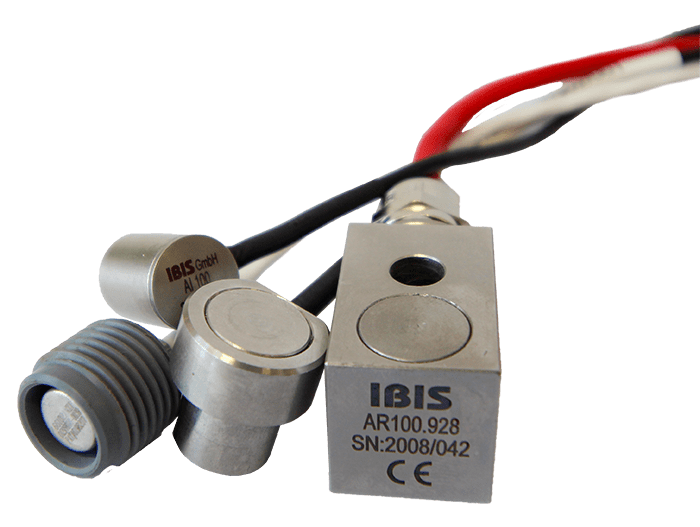Glossary » Sensor
S like sensor
Sensor
What are sensors?
Sensors are electronic equipment or devices that Physical or chemical properties such as light, temperature, pressure, humidity or movement and converts them into electrical signals. These signals can then be interpreted and used by other measurement technology devices.
There are two types of sensors: Active and passive sensors.
The main difference between these sensors is their ability to transmit energy. Active sensors actively send out signalswhile passive sensors only Measure existing energy. Both types of sensors have important applications in various industries and play a crucial role in modern technology.

Active sensors
Active sensors are sensors that emit energy in the form of light, microwaves or sound and then measure the Measure reflected energyto obtain information about the environment. These sensors generate an active signal to explore the environment, e.g. ultrasonic sensors.
Passive sensors
Passive sensors measure natural energy emitted or reflected by objects, without emitting additional energy. These sensors depend on external energy sources such as sunlight or heat radiation, e.g. temperature sensors.
Types of sensors
Sensors can be used in different areas, e.g.:
Humidity sensors
Measure the degree of humidity in the air or in materials.
Light sensors
Detect light intensity and can be used for automation purposes.
Motion sensors
Detect movement in their environment and are often used in security systems.
Temperature sensors
Measure the temperature of an object or environment.
Pressure sensors
Measure the pressure of gases or liquids and are used in various applications such as the automotive industry.
Infrared sensors
Detect infrared radiation and are used in remote controls and security systems.
We offer a selection of sensors for your machine!
Find the right sensor for your machine.
Functionality of sensors
Depending on the type of sensor, the mode of operation may vary. The mode of operation depends on the specific physical principles on which the sensor is based. In general, these functions are fundamentally identical:
1. acquisition of a physical quantity
Sensors are designed to measure a specific physical quantity, such as temperature, light intensity, pressure, humidity or movement. This is done by special sensing elements or sensors that are sensitive to that quantity.
2. conversion into an electrical signal
Once the sensor has detected the physical quantity, it converts this information into an electrical signal. This is done through various mechanisms, such as the use of semiconductors, piezoelectric materials or optical elements, depending on the type of sensor.
3. processing of the signal
The electrical signal generated is then processed by internal circuitry in the sensor. This may include amplification of the signal, filtering of noise and other processing steps to ensure that the output signal is accurate and stable.
4. output of the signal
The processed signal is finally provided as the output of the sensor. This can be in the form of analogue voltages or currents, or as digital data, depending on the type of sensor and its application.
5. calibration and compensation
Many sensors need to be calibrated and sometimes compensated to ensure accurate measurements. Calibration means comparing the sensor's output signal to a known quantity and making adjustments to correct for deviations. Compensation refers to corrections for changes in temperature or pressure that may affect the measurements.
6. communication with other devices
In many applications, sensors need to communicate with other devices or systems in order to use the measured data. This can be done via wireless technologies such as Bluetooth or WiFi or via wired interfaces.
